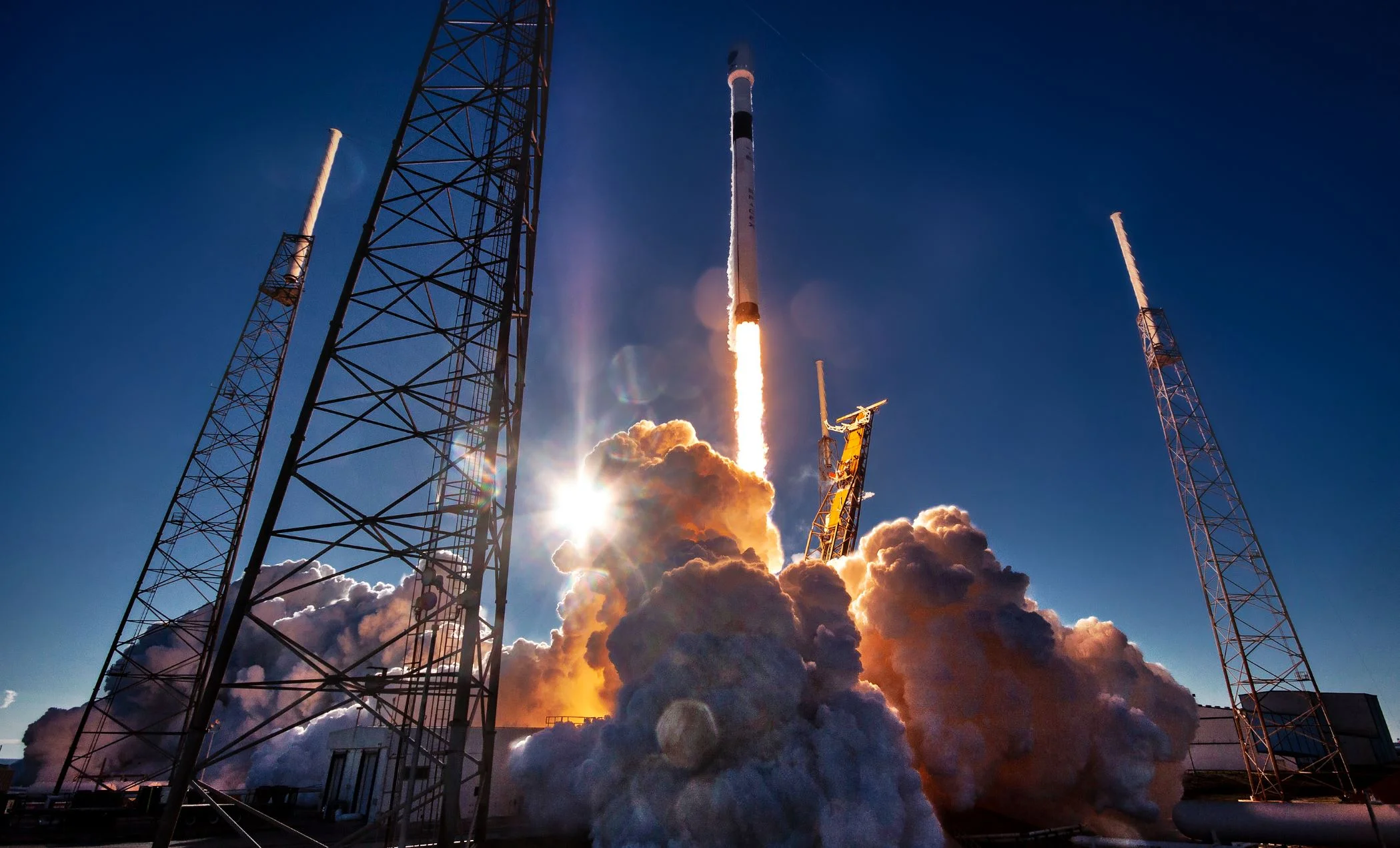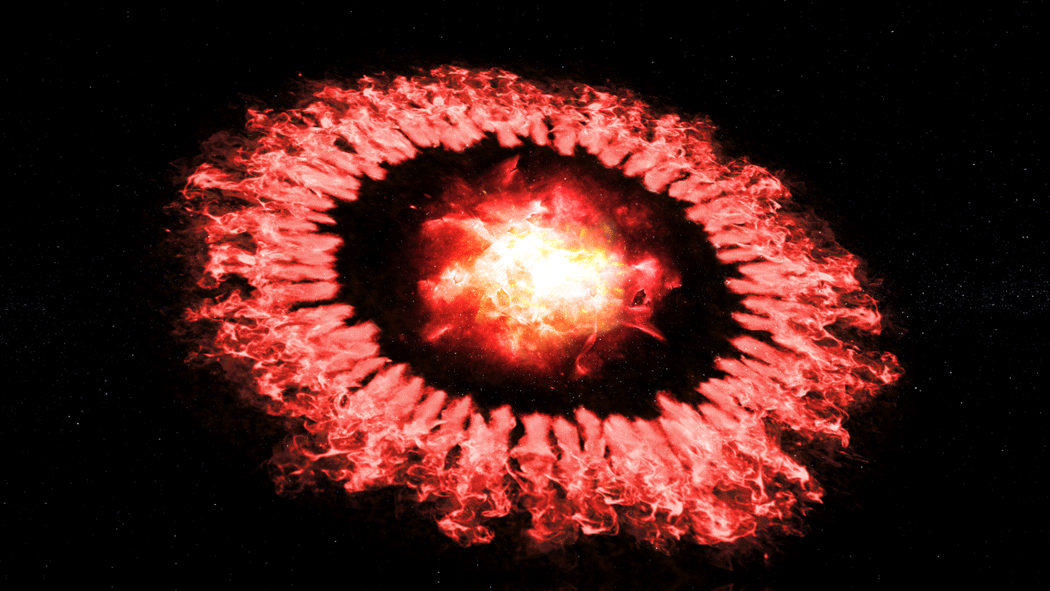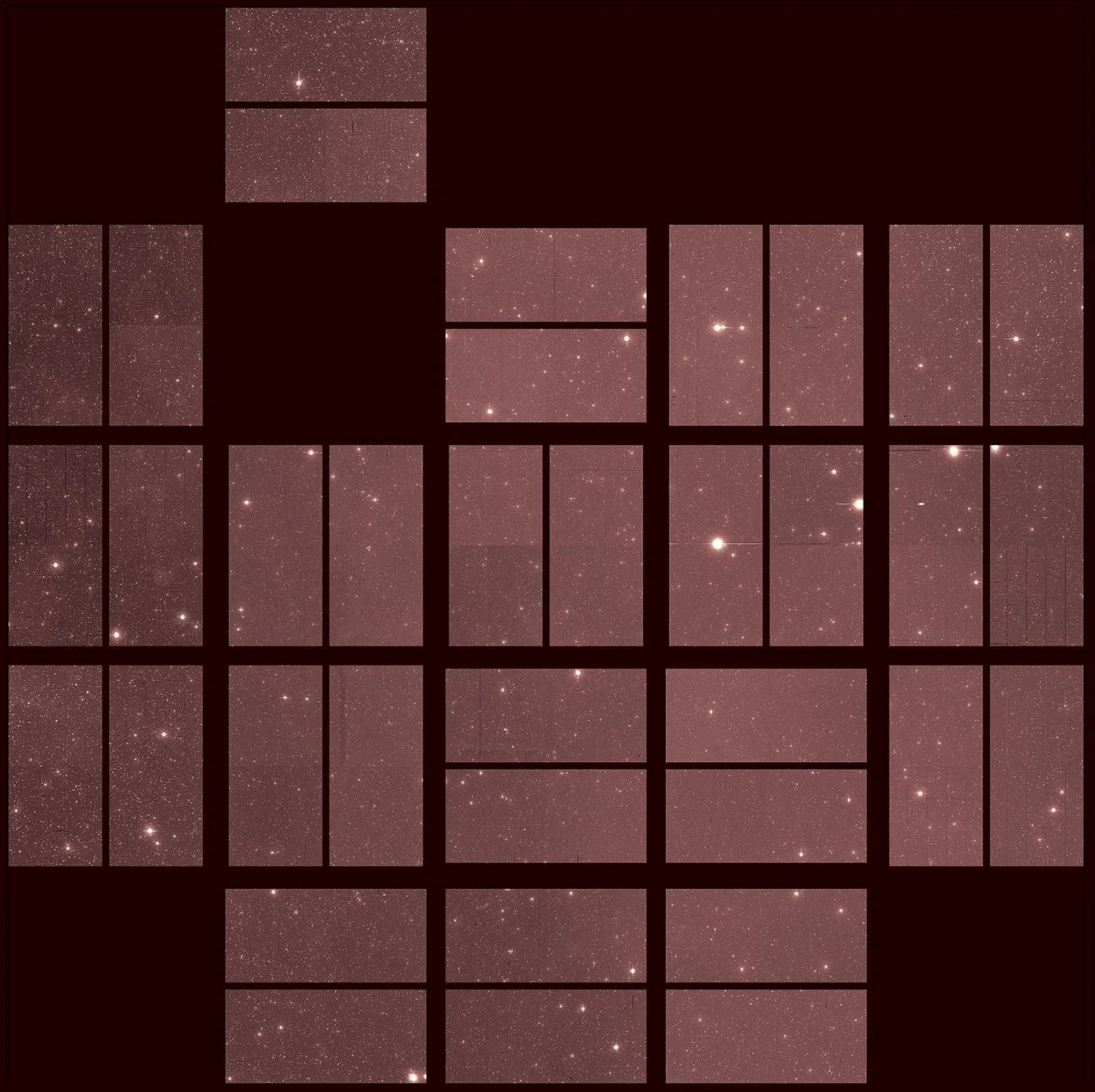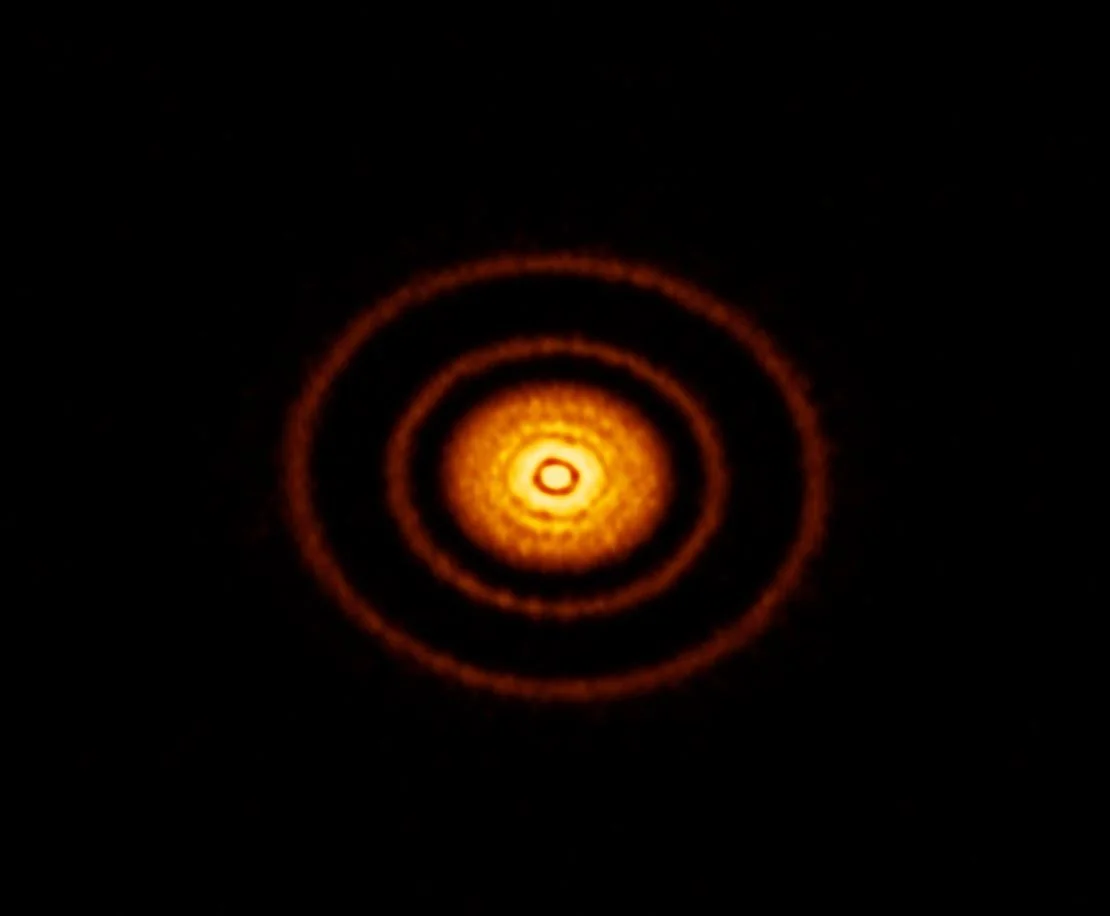For some small minority of humans, Death By Asteroid is a desirable fate. The idea probably satisfies their wonky Doomsday thinking. But for the rest of us, going out the same way the dinosaurs did would just be embarrassing. Thankfully, the ESA’s Hera mission will visit the smallest spacerock ever, and will help us avoid going the way of the dinosaurs.
A revolution in a sentence – the future of human spaceflight in America
Dust Survives Obliteration in Supernova 1987A
Two Newly-Discovered Exoplanets are Probably the Result of a Catastrophic Collision
New pill can deliver insulin
Health Check: do we really need to take 10,000 steps a day?
Regular walking produces many health benefits, including reducing our risk of heart disease, type 2 diabetes and depression. Best of all, it’s free, we can do it anywhere and, for most of us, it’s relatively easy to fit into our daily routines. We often hear 10,000 as the golden number of steps to strive for in a day. But do we really need to take 10,000 steps a day?
Five reasons why seniors do not use the internet
Kepler’s Final Image Shows A Galaxy Full Of Possibilities
NASA’s Kepler space telescope may be retired, but the discoveries continue to rack up for this historic planet-hunting mission. Kepler rang in the new year with several new planet discoveries, including a previously overlooked planet of an unusual size, as well as a super Earth and a Saturn-sized world orbiting a Sun-like star.
We discovered a warped and twisted disc of young, massive stars at the edge of our Milky Way
Want to improve your mood? It’s time to ditch the junk food
Technique could boost resolution of tissue imaging as much as tenfold
What causes depression? What we know, don’t know and suspect
Safe havens for young planets
Though concentric rings — shown here in particularly beautiful clarity — are a common substructure among such discs, their widths, separations, and number can vary greatly. It’s still unclear how these substructures form, and how planets emerge from them. Quantifying and studying these similarities and differences was a motivator for constructing ALMA, and was the main objective of DSHARP. These details may hold clues to the type of planetary system that will eventually emerge.
When oil rigs become reefs, everyone benefits
Study: Much of the surface ocean will shift in color by end of 21st century
Salt doesn’t melt ice – here’s how it actually makes winter streets safe
Dark matter may not actually exist – and our alternative theory can be put to the test
Scientists have been searching for “dark matter” – an unknown and invisible substance thought to make up the vast majority of matter in the universe – for nearly a century. The reason for this persistence is that dark matter is needed to account for the fact that galaxies don’t seem to obey the fundamental laws of physics. However, dark matter searches have remained unsuccessful.
Huge Cavity in Antarctic Glacier Signals Rapid Decay
A gigantic cavity — two-thirds the area of Manhattan and almost 1,000 feet (300 meters) tall — growing at the bottom of Thwaites Glacier in West Antarctica is one of several disturbing discoveries reported in a new NASA-led study of the disintegrating glacier. The findings highlight the need for detailed observations of Antarctic glaciers' undersides in calculating how fast global sea levels will rise in response to climate change.
Marine life typically thrives in the tropics – so why do whales prefer the poles?
Hubble fortuitously discovers a new galaxy in the cosmic neighbourhood
Astronomers using the NASA/ESA Hubble Space Telescope to study some of the oldest and faintest stars in the globular cluster NGC 6752 have made an unexpected finding. They discovered a dwarf galaxy in our cosmic backyard, only 30 million light-years away. The finding is reported in the journal Monthly Notices of the Royal Astronomical Society: Letters.



















